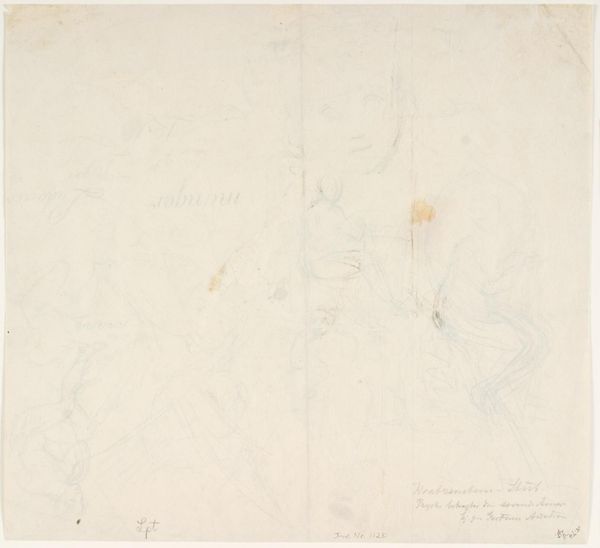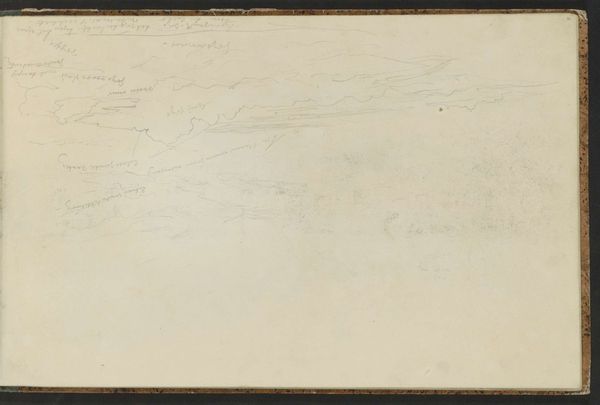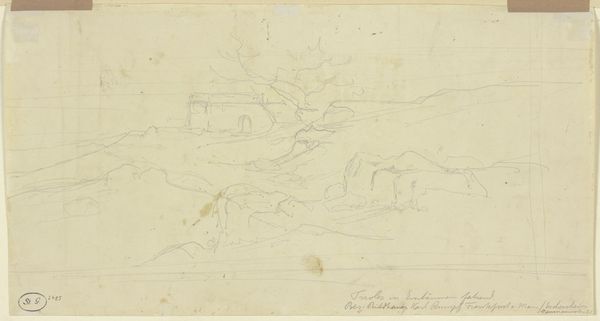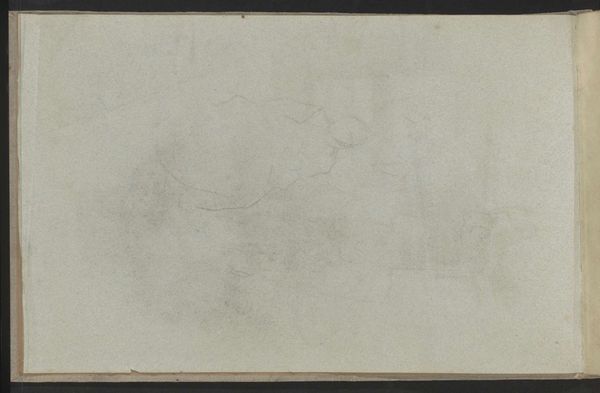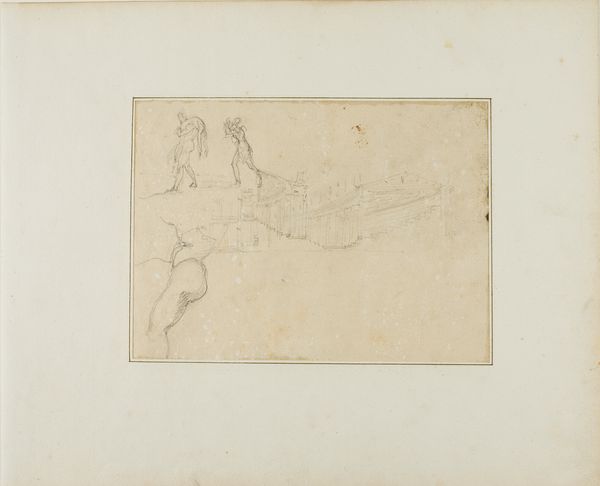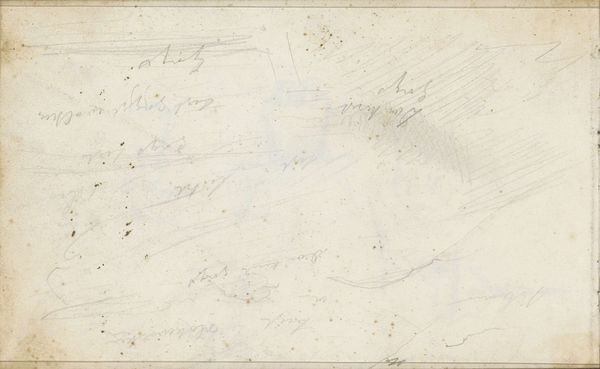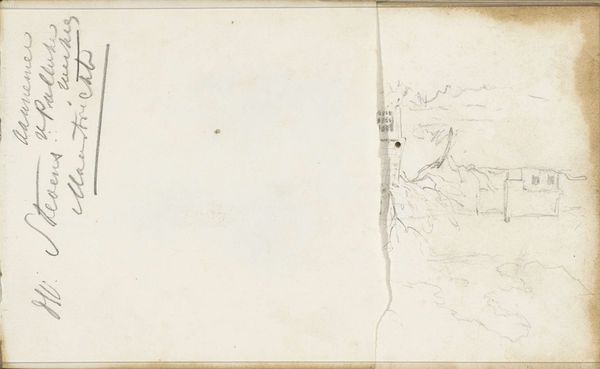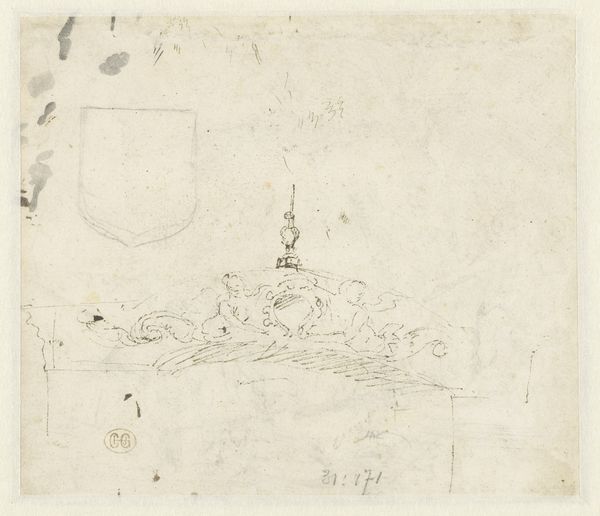
drawing, paper, pencil
#
drawing
#
baroque
#
figuration
#
paper
#
pencil
#
watercolor
Dimensions: 503 mm (height) x 322 mm (width) (bladmaal)
Editor: Here we have Hendrik Krock's "Figurkomposition," made with pencil on paper sometime between 1671 and 1738. It feels like we’re seeing a fleeting moment, a quick sketch capturing figures in dynamic poses. What do you see in this piece, beyond just the surface level depiction? Curator: I see an exploration of power dynamics inherent in figuration itself. Krock, working within the Baroque period, engages with the established visual language of hierarchy and dominance. Notice how the figures are arranged. Who seems to be in control? Who is being acted upon? What societal narratives are being reinforced or challenged by these choices? Editor: I guess the figure with raised arms could be interpreted as commanding attention, or maybe surrendering? Is it reaching up in despair? Curator: Precisely! And consider the historical context. The Baroque era was a time of significant social upheaval and religious conflict. Are these figures meant to represent classical heroes, biblical figures, or simply everyday people caught in a moment of crisis? Think about how Krock’s identity as a court painter shapes the potential meaning of this sketch. Who was his work meant to serve, and whose stories might be missing from this representation? Editor: It’s like the drawing is asking more questions than it answers. It definitely makes me consider who is represented, who isn't, and why. Curator: Exactly. And by engaging with those questions, we can begin to unpack the complex relationships between art, power, and representation that continue to resonate today. Editor: I see now how looking closely at the social and historical context of this drawing can help us think about the representation of figures in art in a new and critical way. Curator: Indeed, by delving deeper, we unearth multiple meanings, allowing us to understand that "Figurkomposition" reflects its time, and speaks to our own.
Comments
No comments
Be the first to comment and join the conversation on the ultimate creative platform.
